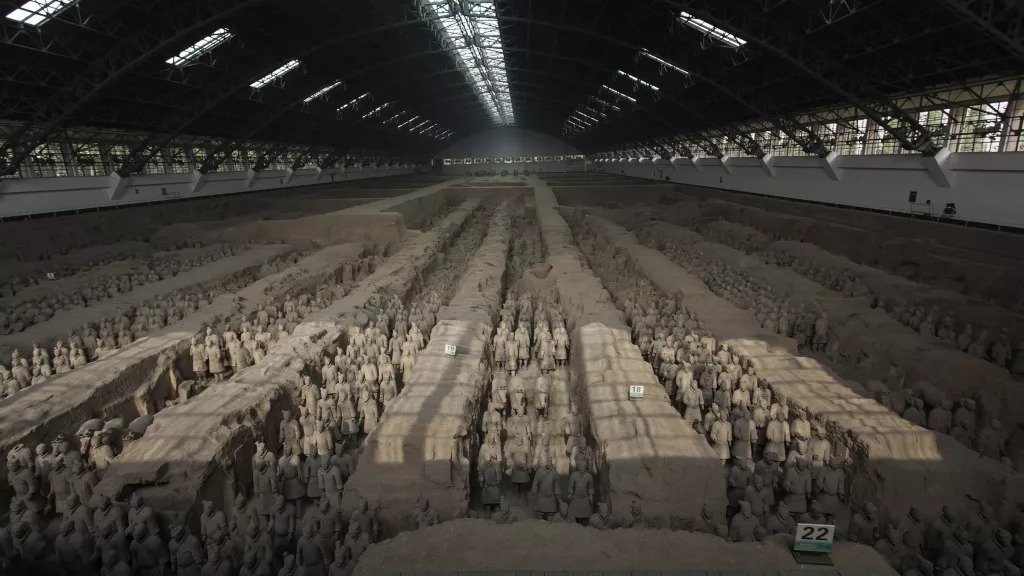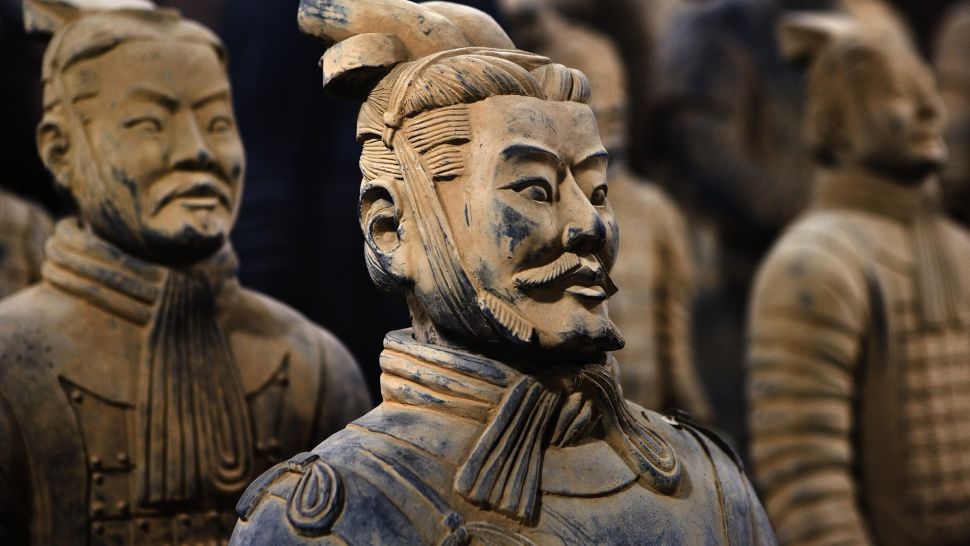Terracotta Warriors Discovered in China Near Emperor’s Tomb
Archaeologists have uncovered more than 20 new Terracotta Warriors, life-size figures built to protect the first emperor of China in the afterlife.

The Terracotta Army is thought to consist of 8,000 sculpted “warriors” located in three pits about a mile northeast of the mausoleum of Emperor Qin Shi Huang (259 B.C. to 210 B.C.), who unified China in 221 B.C. Archaeologists have excavated about 2,000 of these lifelike soldiers, which were buried with weapons such as crossbows, spears and swords, some of which are still intact.
Qin Shi Huang became king of Qin in 247 B.C., one of several states jockeying for land and power in China. For decades Qin had been growing larger, gradually seizing territory ruled by other states; and in 221 B.C., Qin’s rivals were defeated and Qin Shi Huang became emperor of China.

Chinese historical texts say nothing about the Terracotta army or why it was built.
The army could have been a way to elevate the emperor’s status, particularly because after Qin Shi Huang’s death in 210 B.C., his family was overthrown by a rebellion led by what would become the Han Dynasty; that dynasty likely did not want to highlight the first emperor’s achievements.
In addition, modern-day archaeologists often interpret the army as being created to serve Qin Shi Huang in the afterlife.
The newly discovered warriors were unearthed in “pit one,” China Global Television Network (CGTN) reported.
This pit contains mainly infantry and chariots; a few of the warriors are generals and can be identified from their more elaborate headgear.
A picture of the newly excavated warriors published on the television network website appears to show only infantry, but at least one of the newfound warriors is a general, CGTN reported.
The warriors appear to be in pieces, and experts at the Emperor Qin Shi Huang Mausoleum Site Museum will restore them, CGTN reported.
The archaeological team did not return requests for comment at the time of publication.
Although the website of the Emperor Qin Shi Huang Mausoleum Site Museum didn’t have any information on the newly found warriors, it did say it is common for the warriors to be found in pieces and put back together.
These warriors will now be placed back together. It remains to be seen if any colour survived on the newly found warriors or what new information they will reveal about the Terracotta Army.





